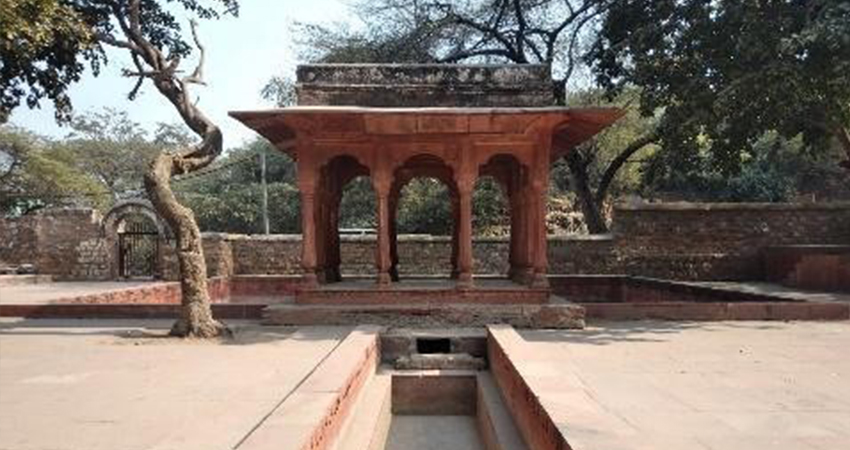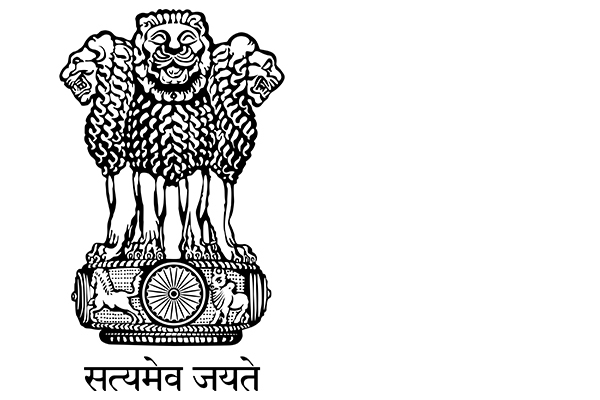| Sl.No. | Documentation Parameters | Explanatory Notes |
| 1. | Name of the Monument/ Site | JHARNAH (WATER-FALL) |
| 2. | Geo coordinates & Location | 28°51’N, 77°17’E; It is located in Mehrauli near Jahaz Mahal. https://maps.app.goo.gl/KxBExtNUgYhXNkwz7 |
| 3. | Approach | Nearest Metro Station: Qutub Minar Metro Station Nearest Railway Station: Hazrat Nizamuddin Railway Station Nearest Bus Stop: Mehrauli Bus Stop |
| 4. | Date/ Period | Belongs to Mughal Period |
| 5. | Brief History | Jharna, basically a water-fall which drained off surplus water from the dam constructed by Firoz Shah Tughlaq on the Shamsi talab in Jahaz Mahal. It was later converted into a formal garden with fountains and channels by Nawab Ghaziuddin Khan Firoz Jang around 1700 CE. Later Mughal kings like Akbar Shah II and Bahadur Shah Jafar added arched pavilions and Baradaris here, inspired by the Hayat Haksha Pool of Red Fort. The Monument still witnesses the ancient Sair-e-Gul Faroshan (Phool Walon Ki Sair) Celebration every year participated by locals. |
| 6. | Architectural style | The structure was built as recreational space by using the aesthetic & natural contour of the site. There are two tanks, one is square and the other is rectangular in shape, connected with each other by a water channel which is constructed to drain off the surplus water from the Hauz-i-shamsi(nearby water body). In the centre of the complex there is a Baradari (a Pavilion with 12 arches) surrounded by other small pavilions. Multi foil arches, a prominent feature of the late Mughal architecture graces these pavilions. The structures in the complex are supported by baluster columns with leaf pattern base and fluted shaft. Material used for the construction of the structure is Lakhori bricks. |




 Department of Archaeology
Department of Archaeology 


